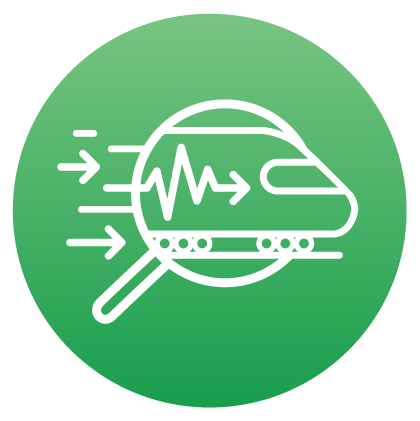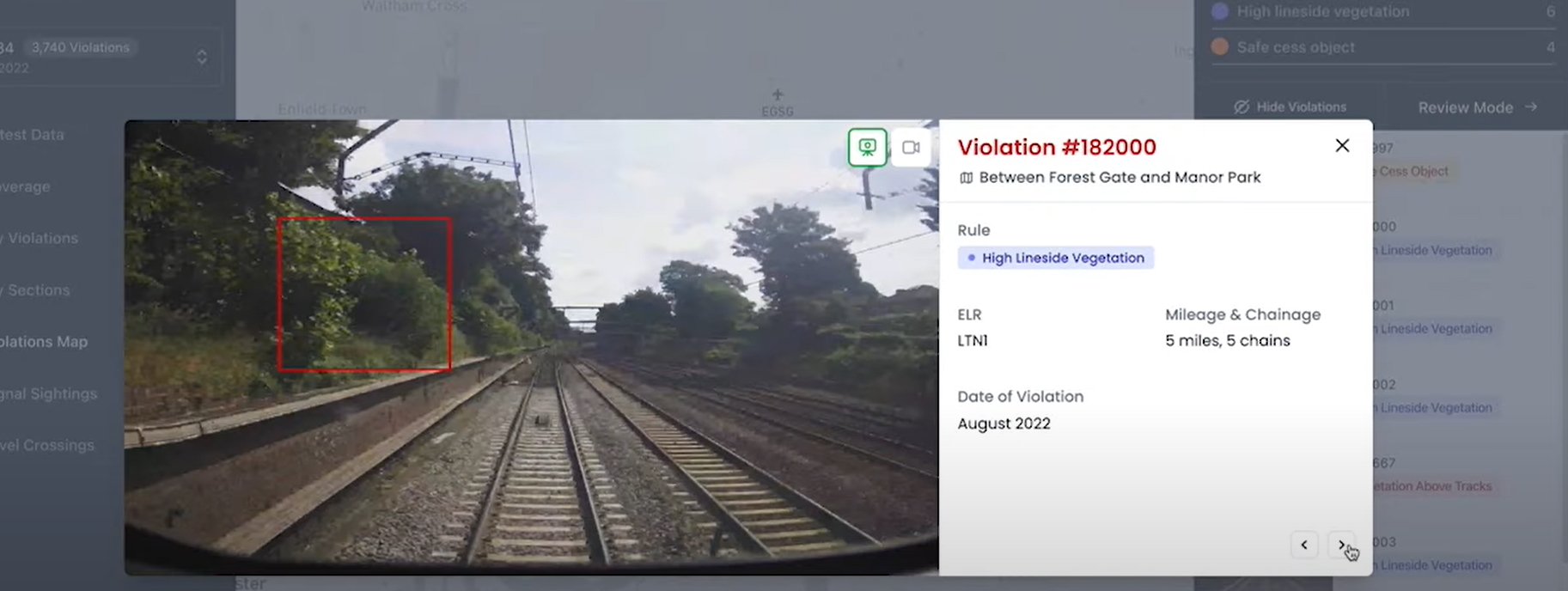Using AI Technology to Manage Vegetation and Reduce Delays

Trials of innovative new technology have been helping Greater Anglia to reduce delays by identifying potential issues with vegetation on the railway, such as trees and branches blocking the line or obscuring signals, and autumn leaf fall that can result in a slippery black film forming on the railhead. The project is a collaboration between Network Rail, CrossTech and Petards.
Greater Anglia has been using video recorded on Petard’s forward-facing CCTV ‘EyeTrain’ cameras, already installed on its fleet running between London and Norwich and the whole of the West Anglia Mainline running from London via Cambridge. CrossTech’s Hubble AI technology the analyses the video to identify areas where there is a problem with overgrown vegetation. This information is displayed on maps, which allow Network Rail engineers to pre-emptively tackle the areas before they cause delays, prioritising issues according to severity.
Hubble is an example of technology that has been co-created with railway workers, in this case Network Rail’s delivery units. It shows how bringing together AI tech with end-users can increase productivity, helping front-line teams manage infrastructure for the benefit of passengers and freight users, and increase safety for track workers.
October 2023
Back



